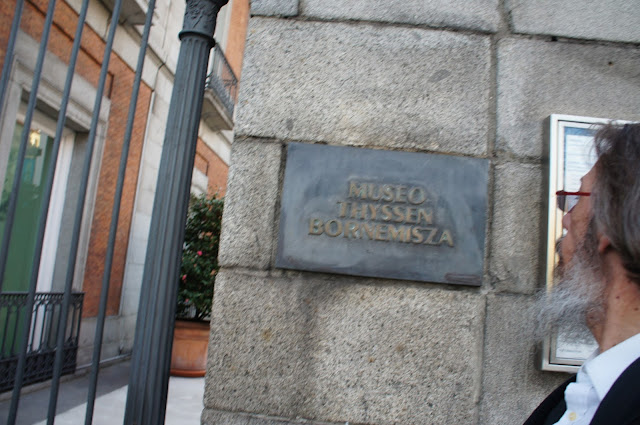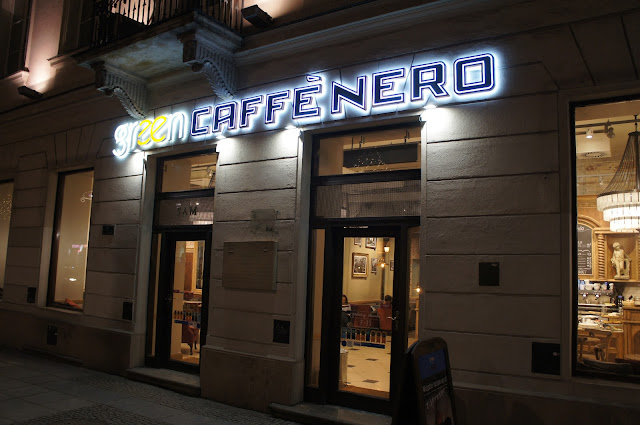JACOB JR, MY JEWISH WORLD. THE MUSEUM THYSSEN-BORNEMISZA. MADRID/SPAIN
Monday, Nissan 24, 5776. May 2, 2016.
Shalom! World.
The Museum Thyssen-Bornemisza, which contains one of the world's foremost and most distinguished private art collections, opened on 8th October 1992. Acquired over two generations, the collection is directly linked to the names of Heinrich Thyssen-Bornemisza (1875-1947) and Hans Heinrich Thyssen-Bornemisza (1921-2002). The most important group of paintings gathered together by the Thyssen-Bornemisza family was acquired by the Spanish State in July 1993 and spans a period dating from the late 13th century to the 1980s. In 1992 this historic collection was installed in the Palacio de Villahermosa after the building's conversion into a museum by the architect Rafael Moneo.
THE MASTERPIECE 1
 |
| EDWARD HOPPER - HOTEL ROOM, 1931 |
The loneliness of the modern city is a central theme in Hopper's work. In this painting, a woman sits on the edge of a bed in anonymous hotel room. It's night and she is tired. She has taken off her hat, dress and shoes, and too exhausted to unpack, she is checking the time of her train the next day. The space is confined by the wall in the foreground and the chest of drawers on the right; while the long diagonal line of the bed directs our gaze to the background, where an open window turns the viewer into a voyeur on waht is happening in the room. The female figure sunk on her own thoughts, contrasts with the coldness of the room whose sharp lines and bright, flat colours are hightened by strong artificial lighting from above.
 |
| MARK ROTHKO - GREEN ON MAROON, 1961 |
Despite the fact that Rothko is associated with the Abstract Expressionists, his paintings do not share the gestural, spontaneous character of their work. In Rothko's later canvases, one or more rectangular fields of clour appear to float over the background surface, yet never stand out fully from it. His vibrant colours, applied in successive highly-diluted layers, envelop the viewer, who is drawn into a new spatiality that resists any attempt at measurament. In the 1950s, the bright, expansive colours of his earlier work gradually gave way to darker, more introspective hues: maroons, greys, dark greens and browns. This painting is a superb example of what the critic robert Rosemblum termed Rothko's "abstraction of the sublime".
THE MASTERPIECE 3
 |
| PABLO PICASSO - HARLEQUIN WITH A MIRROR, 1923 |
Initially intend as a self-portrait, Harlequin with a Mirror combines three characters from the circus and the Commedia della-art that held a strong fascination for Picasso, and with which he identified: the two cornered-hat is a clear reference to Harlequin, the clothes are those of an acrobat, while Pierrot's face, turned into a mask, conceals the artist's identity.
The solid figure of Harlequin, whose body takes up most of composition, is a evidence of a new artistic idiom inspired by the classical approach of the great masters, which Picasso had adopted after his visit to Italy in 1917. Although his experience in Italy prompted a return to classical principles, he eschewed literal interpretation in favour of the free approach acquired through his previous Cubist experience.
Shalom! Aleichem.
Suporte cultural: Jacob Jr. B.A.C.E., avec L'Integration d'Association avec Israel et dans le Monde/Cz.






Comments
Post a Comment